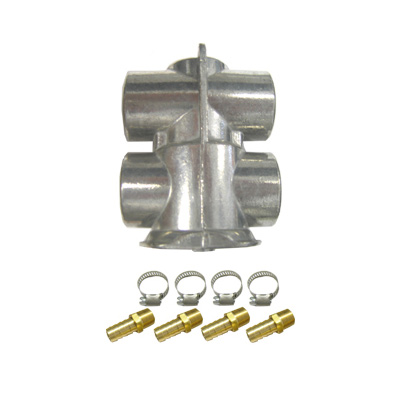I have the piece I described in my car, but unfortunately, there is some noise mat stuck to it on both sides and you can't see the little wings sticking up.
I took some photos of my paper templates, though, which you might be able to zoom in on to see how the ends are shaped. Remember, this piece is made from the light gauge sheet metal used for HVAC ducting and I got mine from a mechanical shop that does that work for real short money.
Here is the overall upper shield, positioned as it would sit in the back of the car on top of the body member. The large curve goes up against soft weather strip stuck on the inside of the body to seal out hot air and dirt. On each side, Left/Right, there is a dotted line where you bend the ends straight up, and that seals against the inside of the body out at the inner wheel well walls. Once this was installed, 2 decades ago, it has never had to be removed. Engine installation/removal doesn't affect this piece.

The next photo shows the driver's side winglet, showing where to bend it up. Remember that all curves in this piece are at the very rear of the car, to the inside of the body. The big dot to the right of the dotted line is a position for one of the fastening screws (a 10/32 screw with captive star washer, threaded into the body frame member). There are 5 or 6 screws holding it in (your choice on number and locations, but I suggest locations). The big circle on the right is a cut-out around the bumper bracket bolts. The curves are precise and follow the contours of the body and since we all know that there are slight variations between bodies (even from the same builder) these curves may have to be trimmed/adjusted for proper fit. Using the weather strip between the heat shield and body really seals things up.

The next photo shows the same winglet on the passenger side which gets bent upward the same way. The odd little bites out of the winglet are to fit around the tail light housing where it protrudes inward inside of the body.

I have copies of these templates for both the upper shield shown, as well as a lower shield which surrounds the engine. They are made of heavy Kraft paper (think of grocery bag paper) and I send them out USPS. All I ask is to recover the postage (about $5 dollars). If anyone is interested, please PM me.



























 ; definitely crummy quality.
; definitely crummy quality.